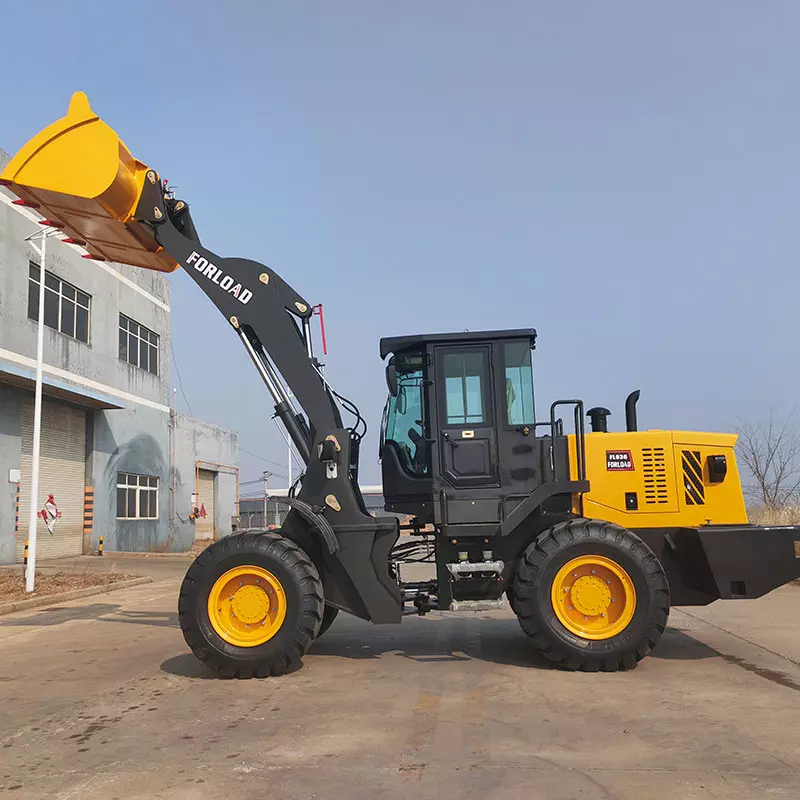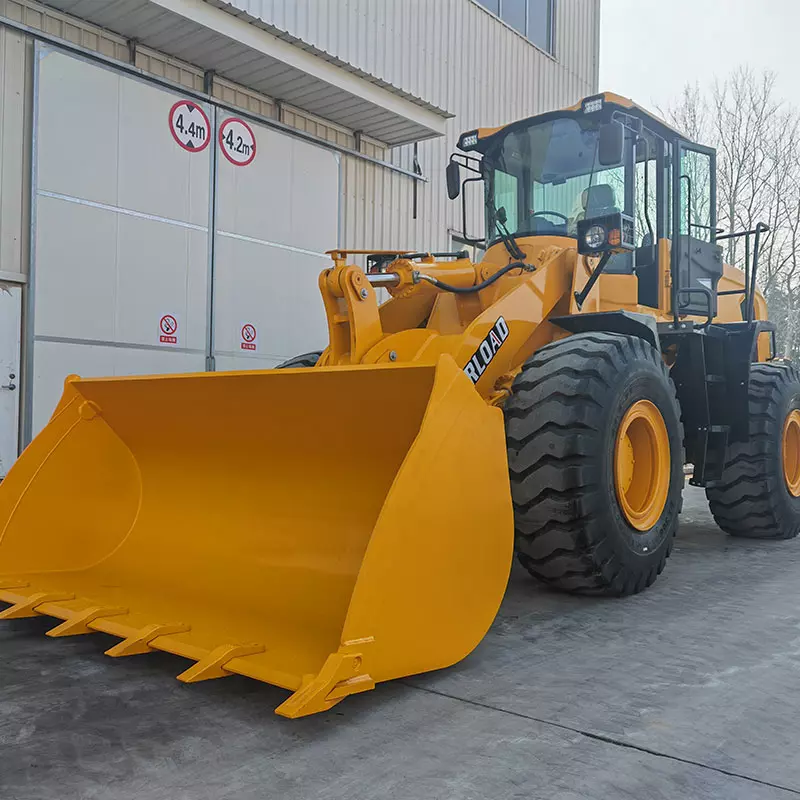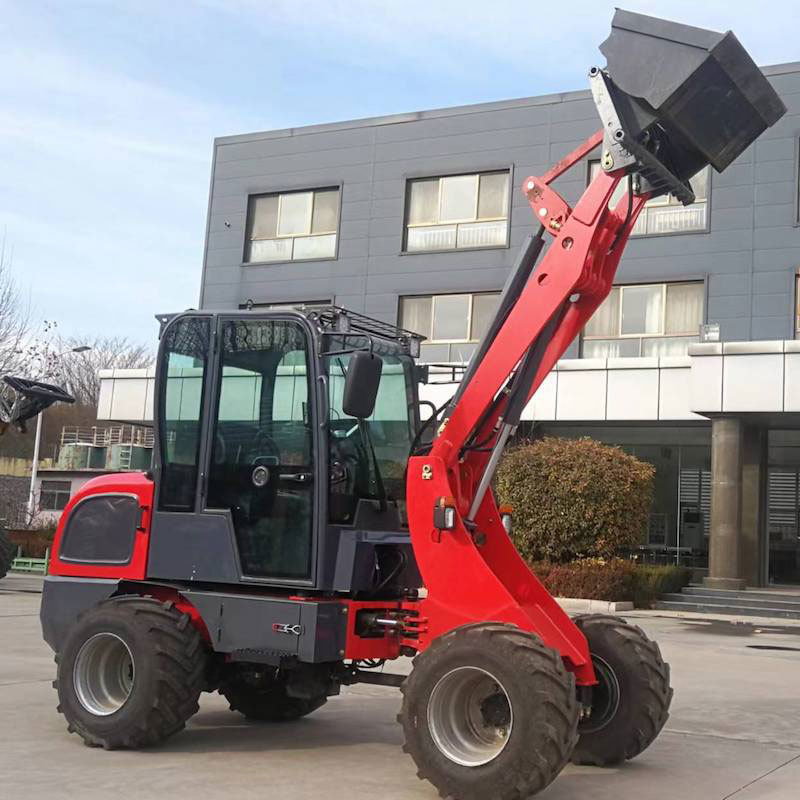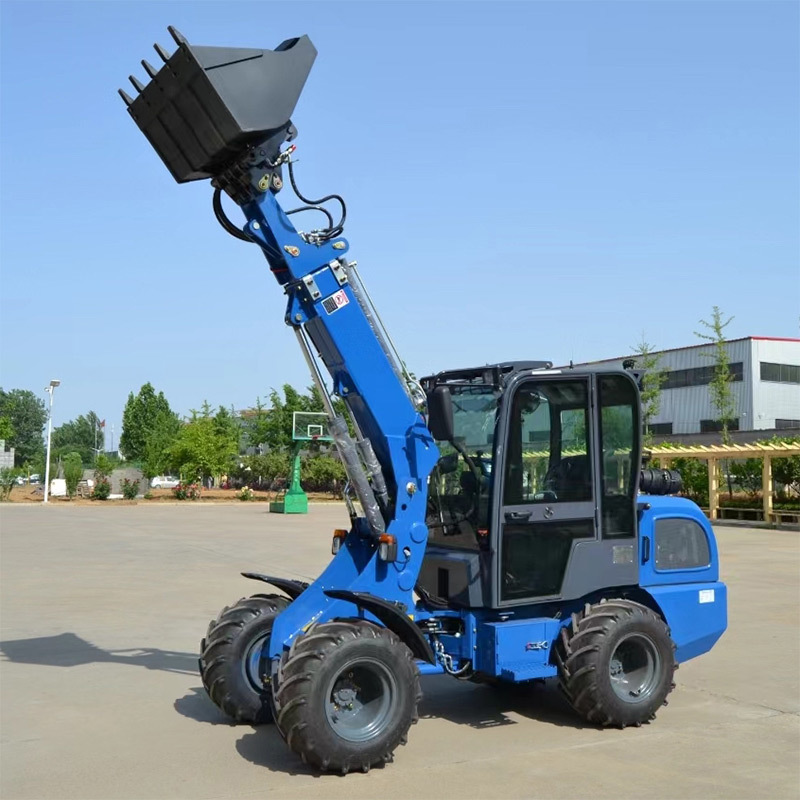NEWS CENTER
Exploring the Versatility and Applications of Amphibious Excavators
Amphibious excavators represent a significant advancement in excavation technology, designed specifically for tasks that involve both land and water. These machines are equipped with unique features that allow them to operate effectively on marshy lands, riverbanks, and other challenging terrains where traditional excavators might struggle. One of the defining characteristics of amphibious excavators is their buoyant undercarriage, which typically includes wide tracks or pontoons that distribute weight evenly, preventing them from sinking into soft ground.
The versatility of amphibious excavators makes them ideal for a variety of applications. They are commonly used in dredging, where they can efficiently remove sediment from riverbeds or lakes, thus improving water flow and preventing flooding. Furthermore, these excavators are essential in wetland restoration projects, where their ability to navigate through muddy and waterlogged areas can help in the restoration of habitats and ecosystems.
In addition to dredging and environmental restoration, amphibious excavators are increasingly being employed in construction projects that require excavation in water-prone areas. For example, they are invaluable for building foundations for structures near waterways or in flood-prone regions. Their ability to move swiftly from land to water also facilitates the transportation of materials, making the construction process more streamlined.
Moreover, the use of amphibious excavators helps to minimize environmental impact. As they can work in sensitive areas without causing significant disturbance, they are often favored in projects that require careful handling of ecosystems. This adaptability not only promotes sustainability but also aligns with the growing emphasis on environmentally responsible construction practices.
When considering the implementation of amphibious excavators in your operations, it's important to assess the specific needs of your projects. Factors such as the type of terrain, the scale of the task, and the environmental considerations should guide your decision. Additionally, training operators to handle these specialized machines safely and efficiently can lead to improved productivity and reduced operational risks.
In conclusion, amphibious excavators offer a unique solution for various challenges faced in the construction and engineering sectors. Their ability to operate in both aquatic and terrestrial environments not only enhances efficiency but also supports environmentally sustainable practices. As industries continue to evolve, the demand for such specialized machinery is likely to grow, presenting exciting opportunities for professionals in the manufacturing and construction machinery field.
The versatility of amphibious excavators makes them ideal for a variety of applications. They are commonly used in dredging, where they can efficiently remove sediment from riverbeds or lakes, thus improving water flow and preventing flooding. Furthermore, these excavators are essential in wetland restoration projects, where their ability to navigate through muddy and waterlogged areas can help in the restoration of habitats and ecosystems.
In addition to dredging and environmental restoration, amphibious excavators are increasingly being employed in construction projects that require excavation in water-prone areas. For example, they are invaluable for building foundations for structures near waterways or in flood-prone regions. Their ability to move swiftly from land to water also facilitates the transportation of materials, making the construction process more streamlined.
Moreover, the use of amphibious excavators helps to minimize environmental impact. As they can work in sensitive areas without causing significant disturbance, they are often favored in projects that require careful handling of ecosystems. This adaptability not only promotes sustainability but also aligns with the growing emphasis on environmentally responsible construction practices.
When considering the implementation of amphibious excavators in your operations, it's important to assess the specific needs of your projects. Factors such as the type of terrain, the scale of the task, and the environmental considerations should guide your decision. Additionally, training operators to handle these specialized machines safely and efficiently can lead to improved productivity and reduced operational risks.
In conclusion, amphibious excavators offer a unique solution for various challenges faced in the construction and engineering sectors. Their ability to operate in both aquatic and terrestrial environments not only enhances efficiency but also supports environmentally sustainable practices. As industries continue to evolve, the demand for such specialized machinery is likely to grow, presenting exciting opportunities for professionals in the manufacturing and construction machinery field.
amphibious excavator
Prev
Prev












